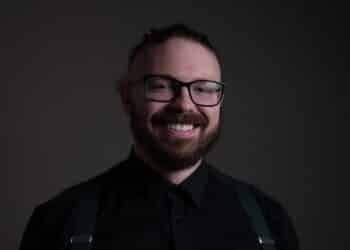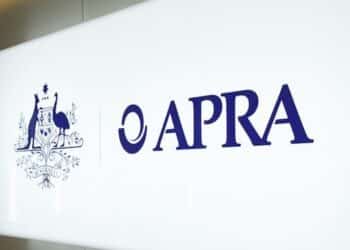The wealth giant revealed its results for the half year on Wednesday, reporting its statutory net profit after tax (NPAT) had almost doubled from the prior corresponding period, up by 96 per cent to $54.4 million. Underlying profit after tax had risen by 17 per cent, to $65.9 million.
IOOF closed the first half of the 2021 financial year with total funds under management, administration and advice (FUMA) of $202.4 billion, up by 39 per cent, despite negative moments of $10 billion, including $8.1 billion being shed from the terminated BT arrangement.
But the advice business copped the largest fall in profit of any segment during the half, with its underlying NPAT down by 33 per cent to $17.8 million.
The group unveiled its Advice 2.0 transformation strategy in September, when it flagged a restructuring of its licensees.
The program included the closure of the FSP brand, the conversion of Bridges into a wholly employed adviser model, alongside Shadforth Financial group while the remaining four licensees were to be housed under two self-employed models.
IOOF is expected to drop up to 140 advisers from the self-employed segment, Mr Mota confirmed, as the group seeks to make the advice business more sustainable. The company has not specified the number of practices that will be affected.
There are currently 893 advisers within the self-employed segment, as well as 292 advisers within Shadforth and Bridges, and 361 in the self-licensed IOOF Alliances arm.
Mr Mota commented while IOOF doesn’t have an active program like rival AMP, in its proactive cutdown of smaller and unsustainable practices, the company is having conversations with advisers around quality of advice and the economics of their model.
“We do think in the short term that we’re were likely to reduce some adviser numbers, for partly similar reasons, but I think we’ll go about it in a different way,” he told ifa.
“But there is no doubt that it is in the interest of building a sustainable business model that doesn’t have any product subsidisation at all. It’s going to change the economic structure of the business and I think for the smaller groups, it may be more difficult for them, for this to be affordable to them. So that’s certainly a consideration.”
As highlighted last year, the MLC acquisition is expected to double IOOF’s total number of clients to 2.2 million, boost its FUMA to $510.4 billion and more than triple its advisers to 1,884 – assuming all MLC advisers transition over. The transaction is expected to wrap up in June.
However, various MLC advisers have since moved across to other groups. Mr Mota commented IOOF is still expecting to rehome “the vast majority”, but he declined to specify numbers.
“We won’t really know until they actually come across and the plan is for them is to come across at completion and not before completion,” he stated.
”So if you like, [it involves] the process of them expressing interest, us doing our due diligence on those advisers, making sure they’re appropriate quality and standard. And when we complete the transaction with NAB and MLC, they will be transitioned across.”
IOOF has targeted growth through its acquisitions, overhauling its advice model, reducing its platform offerings down to one proprietary platform and investing in technology.
Scale is key to the group’s strategy, as its competitiveness will come down to having the lowest cost to serve, Mr Mota said. But scaled advice is possibly the greatest challenge for the business.
“It’s difficult to scale and modularise advice and we really welcome a lot of the conversations around scaled advice and how do we actually create some advice experiences that are fit for purpose, that help people along the journey, without necessarily entering a holistic relationship,” Mr Mota reflected.
“So, there’s got to be a better way that we can… make advice much more digestible and also more affordable. I think part of the solution there is using technology to solve some of the problems that we have and some of the challenges.”
IOOF acquired software provider Wealth Central in the last half, which was pinned to become the cornerstone of the group’s proprietary advice technology capability. Robo-advice is also a potential avenue the group will explore, Mr Mota said.
“A self-serve model where the entire experience is digital, without human intervention, may be part of the solution,” he commented.
“But importantly, we still think that, human interaction and the behavioural aspects of financial advice is really critical. And so we do expect whether it’s a hybrid experience, or a full personalised experience for it to be the predominant model.”




Umm this sounds a bit like a teenage boy saying you can’t break up with me because I already broke up with you. I’m tipping IOOF will take every adviser that is willing to come across.